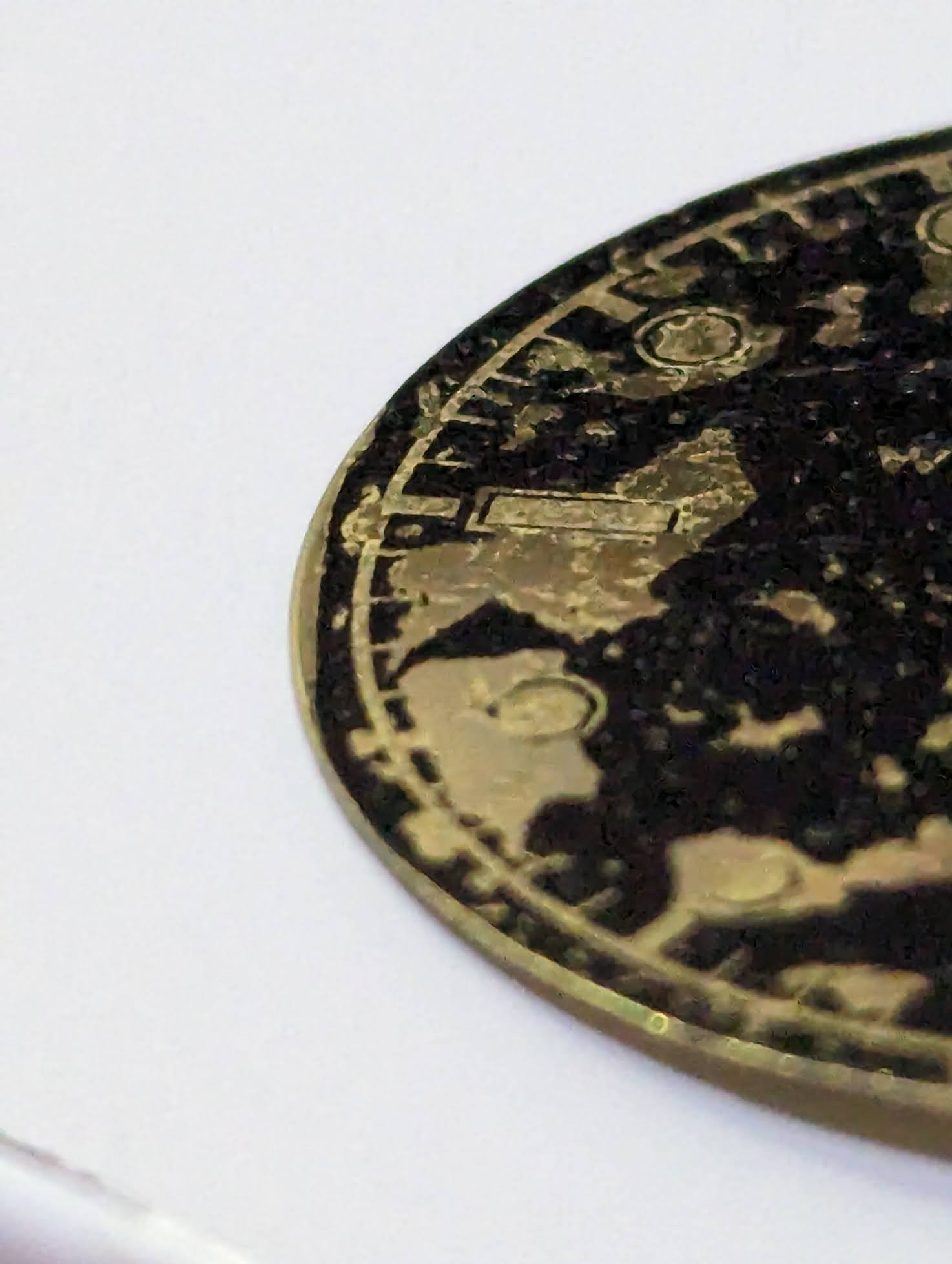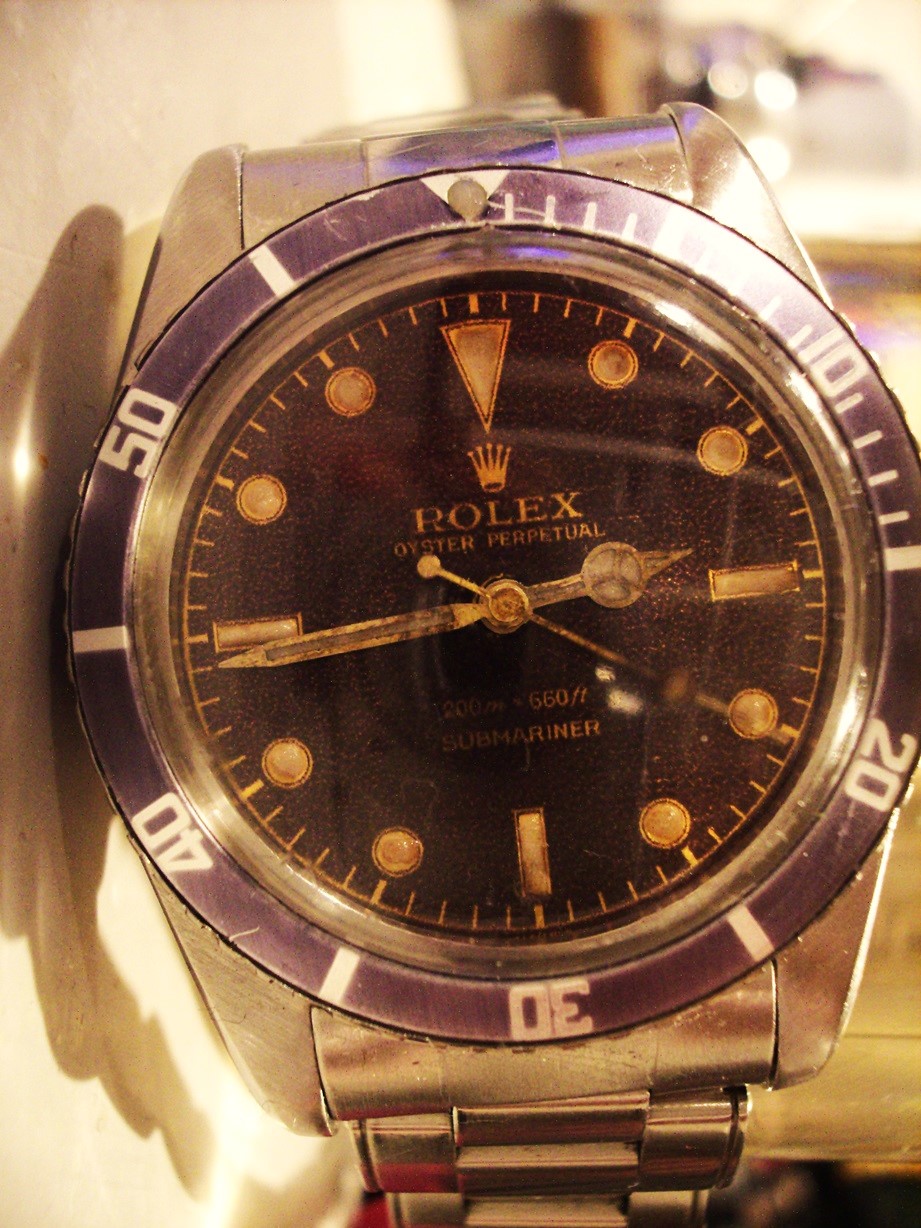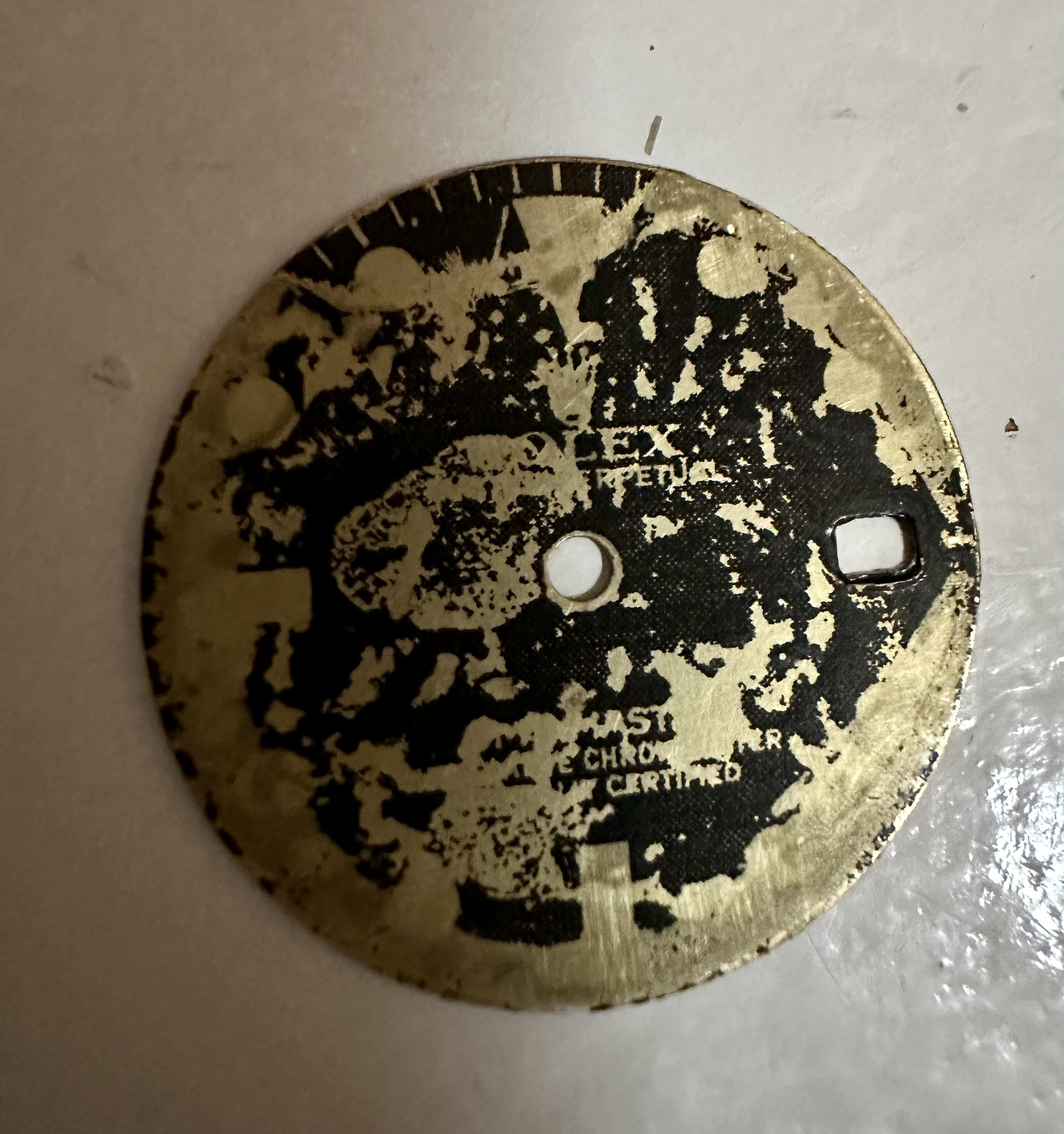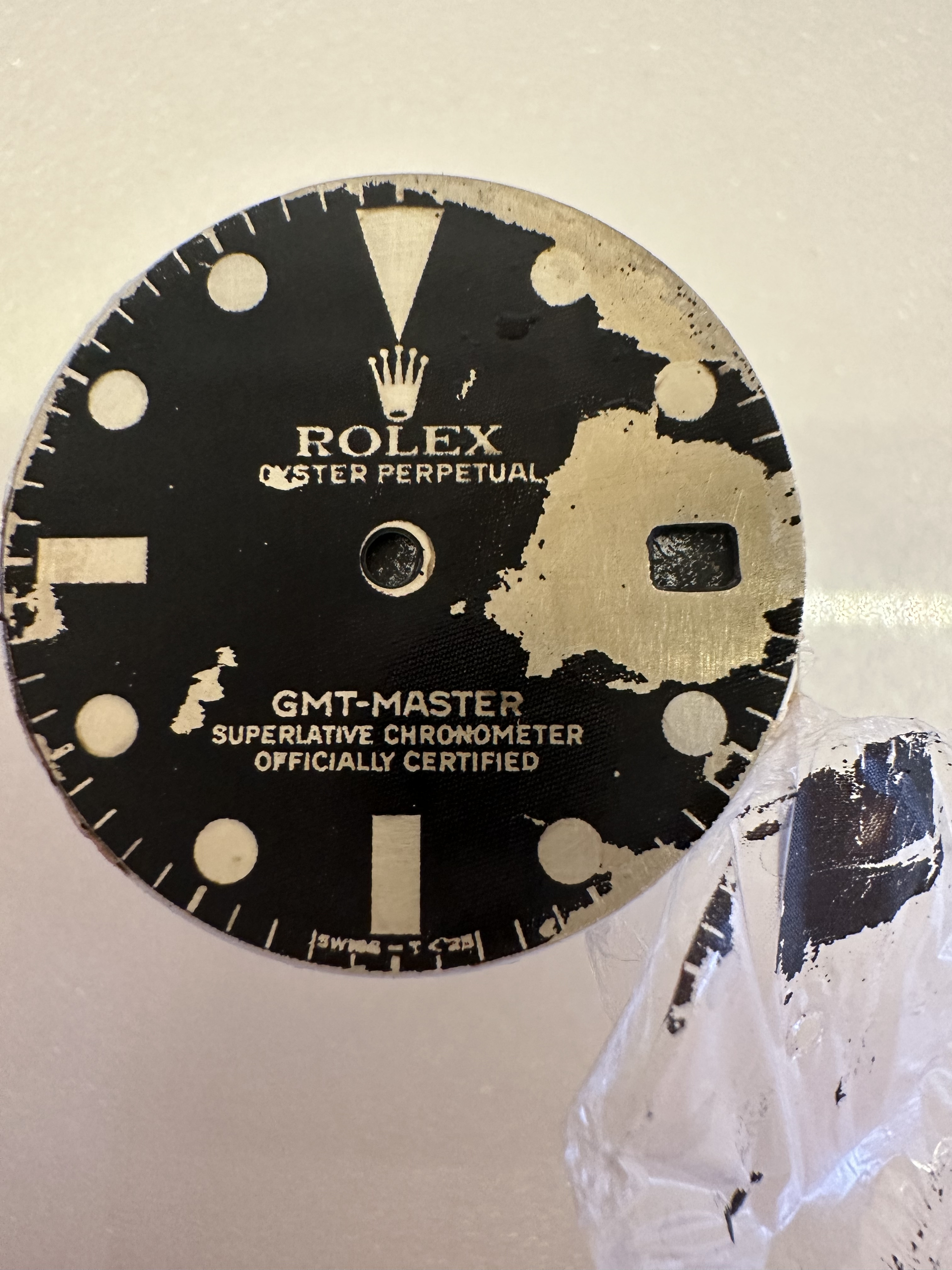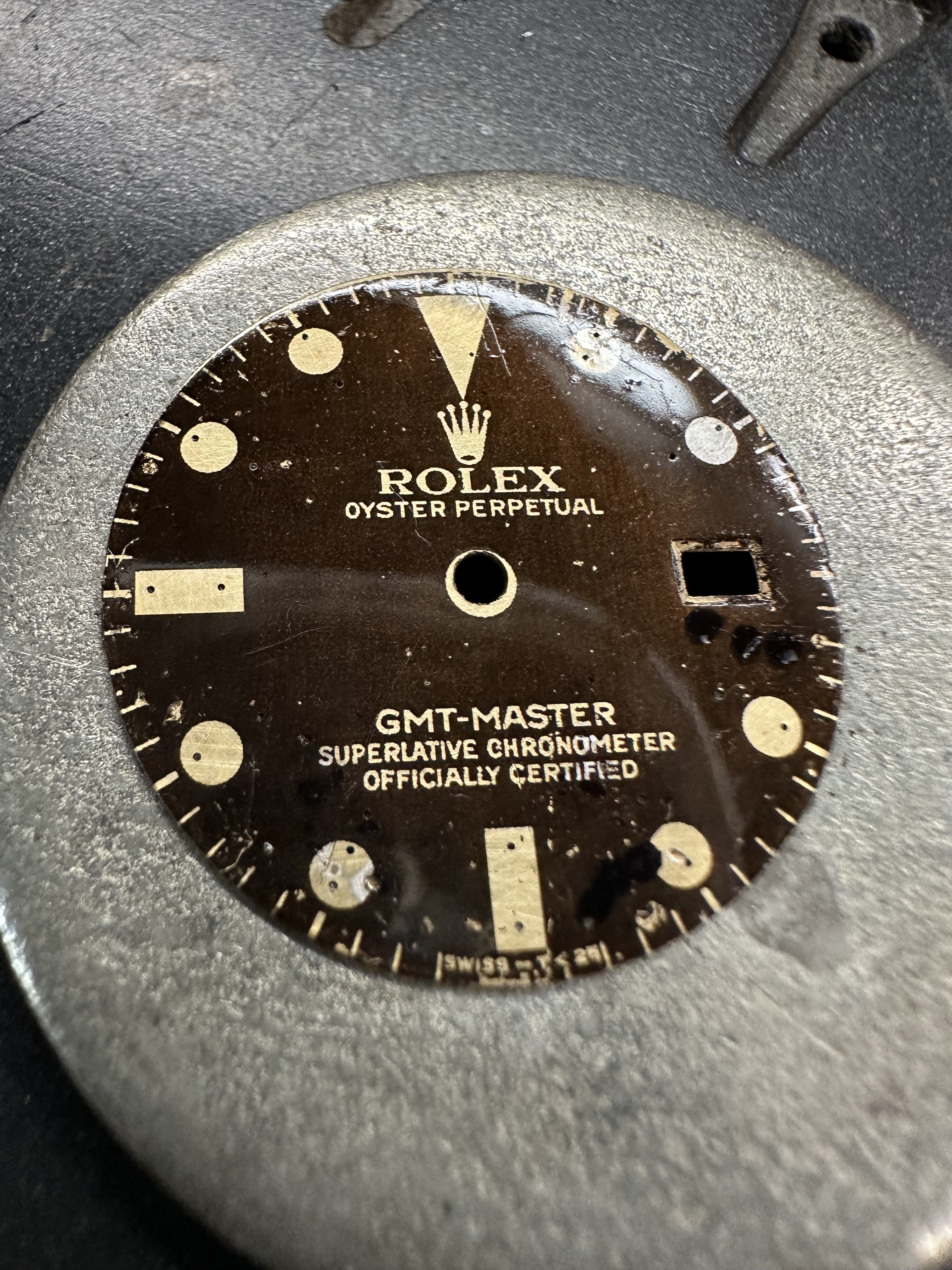Re- Spider dials. I think I saw someone on this thread wanting to figure this out and I'm not sure if someone has posted either this basic idea or a better one.
After going through 20, 30 pages in this thread, I though I should share a trick I learned years ago to make paint crack upon curing. I haven't seen this mentioned yet so here goes.
I learned this while working in the film/theater business with scenic painters.
When I say paint, I mean both color and clear finishes. All paints and finishes shrink as the thinner of the paint evaporates.
While I've never tried this on watch dials, the technique "should" work.
-Source 2 types of paint. One that dries faster than the other.
-Apply the slower drying paint first and let it cure a bit.
-Apply the faster curing paint on top and let both cure.
-As the 2 differing paints cure at different rates, the top coat shrinks first and causes random cracking.
Disclaimer and further clarification-
I would use this technique building and painting film sets that were supposed to look old, battered and worn, such as moldings and doors, etc. Apply an oil based paint as a base coat and top a coat of acrylic. As they both dry at there respective cure rates, the acrylic shrinks and cracks, sometimes exposing the base layer.
With all this said, any base paint layer that dries slower than lacquer should cause the lacquer to crack. "Should" being the operative word here. Hopefully this info might inspire some experimentation.
Thank you all the great research and development.



